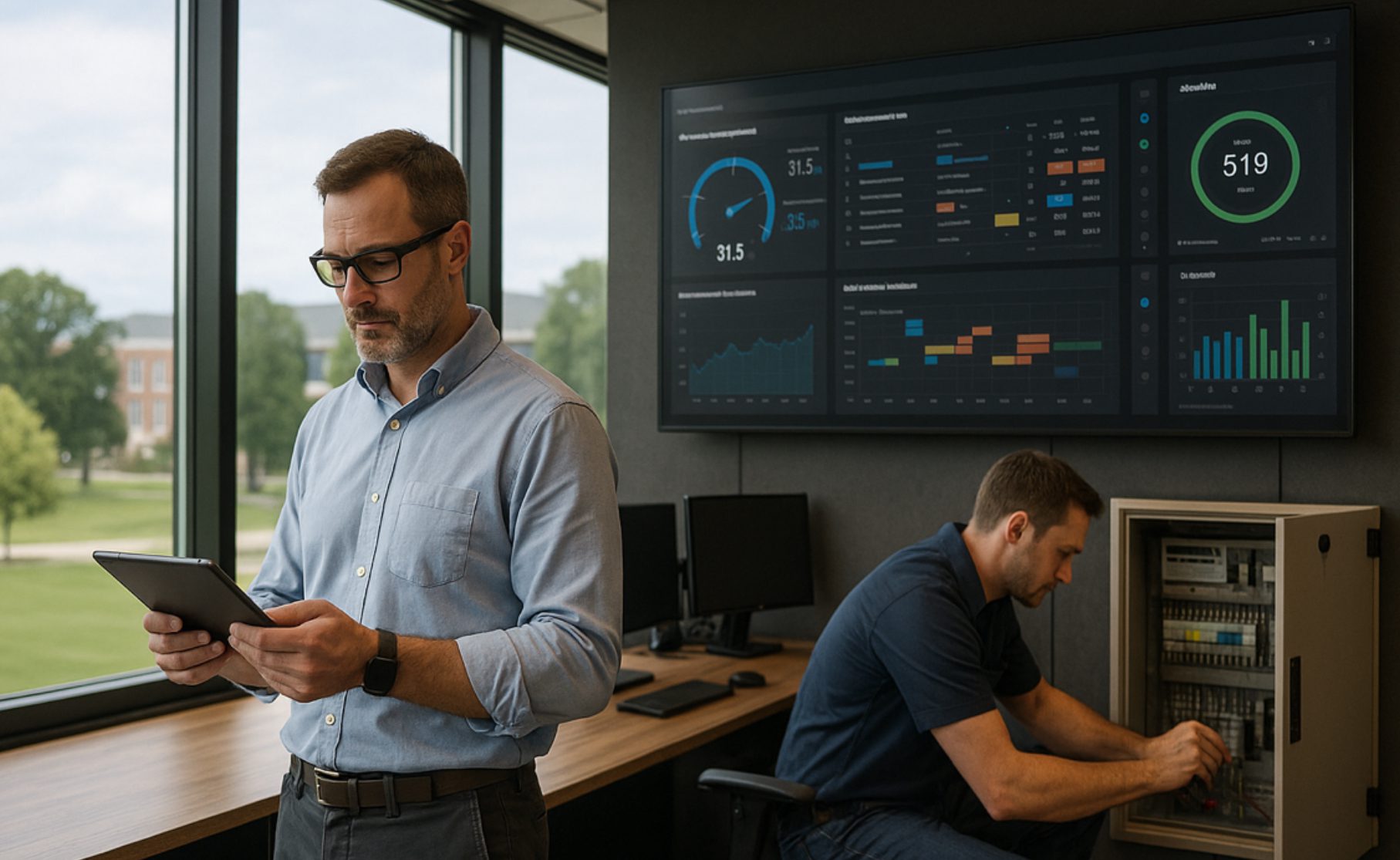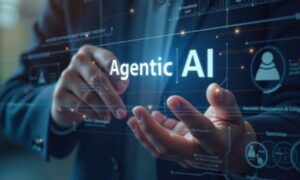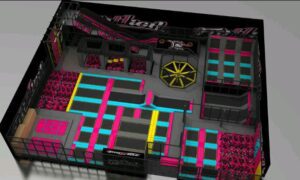In today’s evolving education landscape, the physical environment plays just as vital a role as the curriculum itself. Classrooms, laboratories, dormitories, and athletic facilities must operate seamlessly to support learning outcomes. Yet, managing these assets effectively is no small feat. With hundreds of moving parts—from maintenance and energy use to space allocation—schools are recognizing the need for a more data-driven, technology-supported approach to operations.
As educational institutions adapt to the digital era, the shift from manual oversight to intelligent automation is transforming the way campuses function. The same innovation fueling personalized learning in classrooms is now optimizing the infrastructure behind them. This evolution is paving the way for more sustainable, efficient, and responsive learning environments.
From Reactive Maintenance to Predictive Systems
Traditional campus management has often relied on reactive responses. Something breaks, a technician gets called, and the repair happens after disruption has already occurred. This model not only increases downtime but also raises operational costs. Modern schools, however, are beginning to leverage integrated technology platforms that collect real-time data from building systems, sensors, and maintenance workflows.
Through automation and analytics, these systems can predict potential issues before they escalate. For example, air conditioning units can trigger early warnings when filters need replacement, or lighting systems can adjust automatically based on occupancy data. The result is a shift from firefighting problems to preventing them entirely—a strategy that maximizes uptime and minimizes waste.
In this evolving framework, school facility management has become more than just an operational necessity—it’s a strategic advantage. By integrating digital maintenance tools, institutions gain visibility into asset performance, staff efficiency, and budget allocation, helping them make informed decisions that enhance both comfort and cost-effectiveness.
The Rise of Connected Campuses
As connectivity deepens across industries, educational institutions are building what experts call “smart campuses.” These environments rely on the Internet of Things (IoT), cloud-based software, and centralized dashboards that unify all aspects of campus management. From scheduling maintenance tasks to tracking inventory and optimizing energy use, technology allows administrators to oversee everything from one intuitive interface.
The benefits go beyond convenience. Data from IoT sensors enables precise monitoring of factors like air quality, lighting levels, and equipment usage—creating safer and healthier learning spaces. In turn, these insights inform smarter capital planning, allowing schools to extend the lifespan of facilities and reduce energy consumption.
A connected ecosystem doesn’t just make operations more efficient; it also supports sustainability goals. By tracking real-time energy metrics and automating system controls, institutions can meet environmental benchmarks while lowering utility costs. It’s a win-win that aligns with the growing demand for green education initiatives.
Technology as an Enabler of Safety and Efficiency
Safety remains one of the most critical aspects of campus management. Digital tools have made it possible to respond faster and more effectively to emergencies, maintenance issues, or environmental hazards. Automated alerts can notify staff instantly when irregularities occur, such as temperature spikes in laboratories or access breaches in restricted areas.
This level of responsiveness builds trust among students, faculty, and parents. Moreover, digital reporting and audit trails simplify compliance with safety regulations, ensuring that every action—from inspection to repair—is documented and traceable.
In this context, school facility management systems don’t just handle day-to-day operations—they act as a digital shield protecting the integrity of educational environments. By embedding safety into everyday workflows, schools create a culture of accountability and preparedness without overburdening staff.
Bridging Administrative Silos Through Centralized Data
A common challenge in educational operations is the fragmentation of information. Different departments often manage their own maintenance logs, resource requests, and asset inventories, leading to inefficiencies and communication breakdowns. Centralized management software addresses this issue by consolidating data across all departments, offering a single source of truth for decision-makers.
With all records in one place, administrators can quickly identify patterns, compare performance metrics, and allocate resources where they’re needed most. This transparency not only reduces redundancies but also strengthens collaboration between maintenance teams, IT departments, and finance officers.
The ability to analyze long-term trends also empowers schools to plan proactively. Whether budgeting for new HVAC systems or forecasting equipment replacement cycles, data-driven foresight becomes a critical tool for strategic planning.
Preparing for the Future of Campus Automation
As automation technologies advance, schools are poised to experience even deeper transformation. Artificial intelligence (AI) and machine learning can further enhance predictive maintenance models, optimize schedules, and even recommend budget adjustments based on usage patterns. In parallel, digital twins—virtual replicas of physical environments—are emerging as a powerful tool to simulate facility performance before real-world changes are made.
The integration of robotics is another frontier. Automated cleaning systems, delivery robots, and AI-powered monitoring tools are already being tested in higher education institutions worldwide. These innovations not only reduce manual workload but also help maintain a consistent standard of cleanliness and operational precision.
However, this future requires careful implementation. Institutions must balance automation with human oversight, ensuring that technology enhances—not replaces—the human touch that defines great education.
A Cultural Shift Toward Tech-Driven Stewardship
Implementing advanced management platforms isn’t just a technical upgrade—it’s a cultural one. Success depends on collaboration between administrators, maintenance staff, and IT professionals who embrace new ways of working. Training, change management, and stakeholder buy-in are as critical as the technology itself.
Ultimately, the goal isn’t to digitize for the sake of it, but to use technology as an enabler of stewardship. Schools that adopt this mindset are positioning themselves for long-term resilience, cost savings, and a better experience for every student who walks through their doors.
Conclusion: Building Smarter Foundations for Learning
The transformation of campus operations marks a turning point in how educational institutions view their physical spaces. What was once considered background work—keeping lights on, fixing leaks, managing repairs—has become a core pillar of the educational mission. When learning environments run efficiently, teachers can focus on teaching, students can focus on learning, and administrators can focus on innovation.
Technology is the bridge between these outcomes. Through connected systems, predictive insights, and automation, schools are evolving into intelligent ecosystems capable of self-optimization. The future of education isn’t just digital in the classroom—it’s digital at every level of the institution.



































